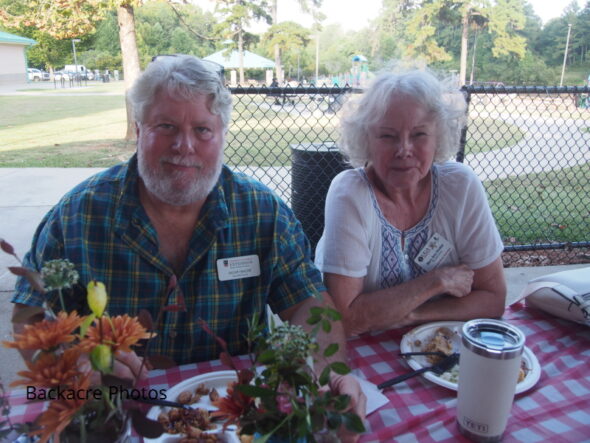CANCELLED!!!!!! We’re were looking forward to having Becky Griffin come to speak about “Our Native Pollinators” on Monday, April 20, but due to COVID 19 and our current shelter in place guidelines, we hope to have Becky come at a future date. Related Images:


